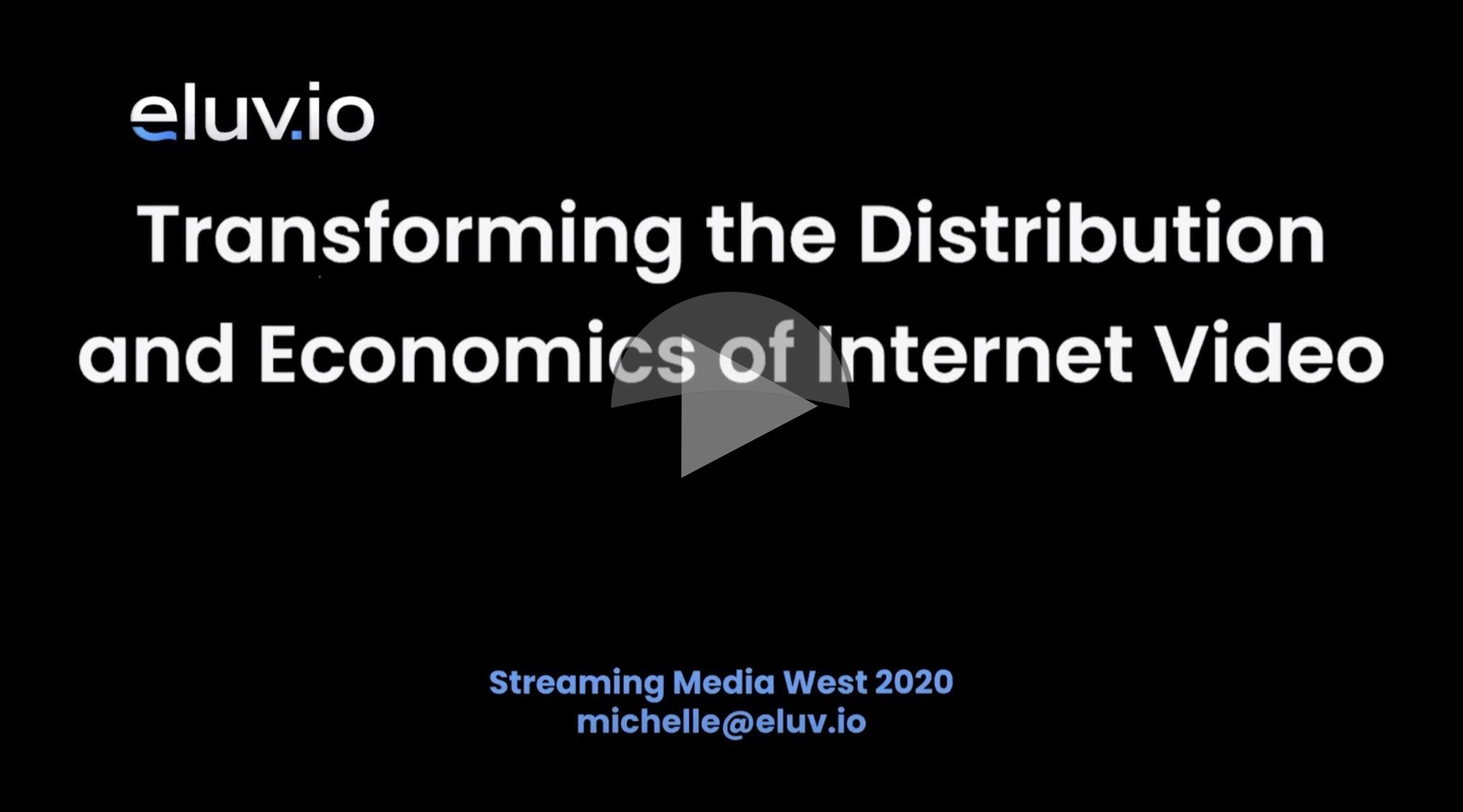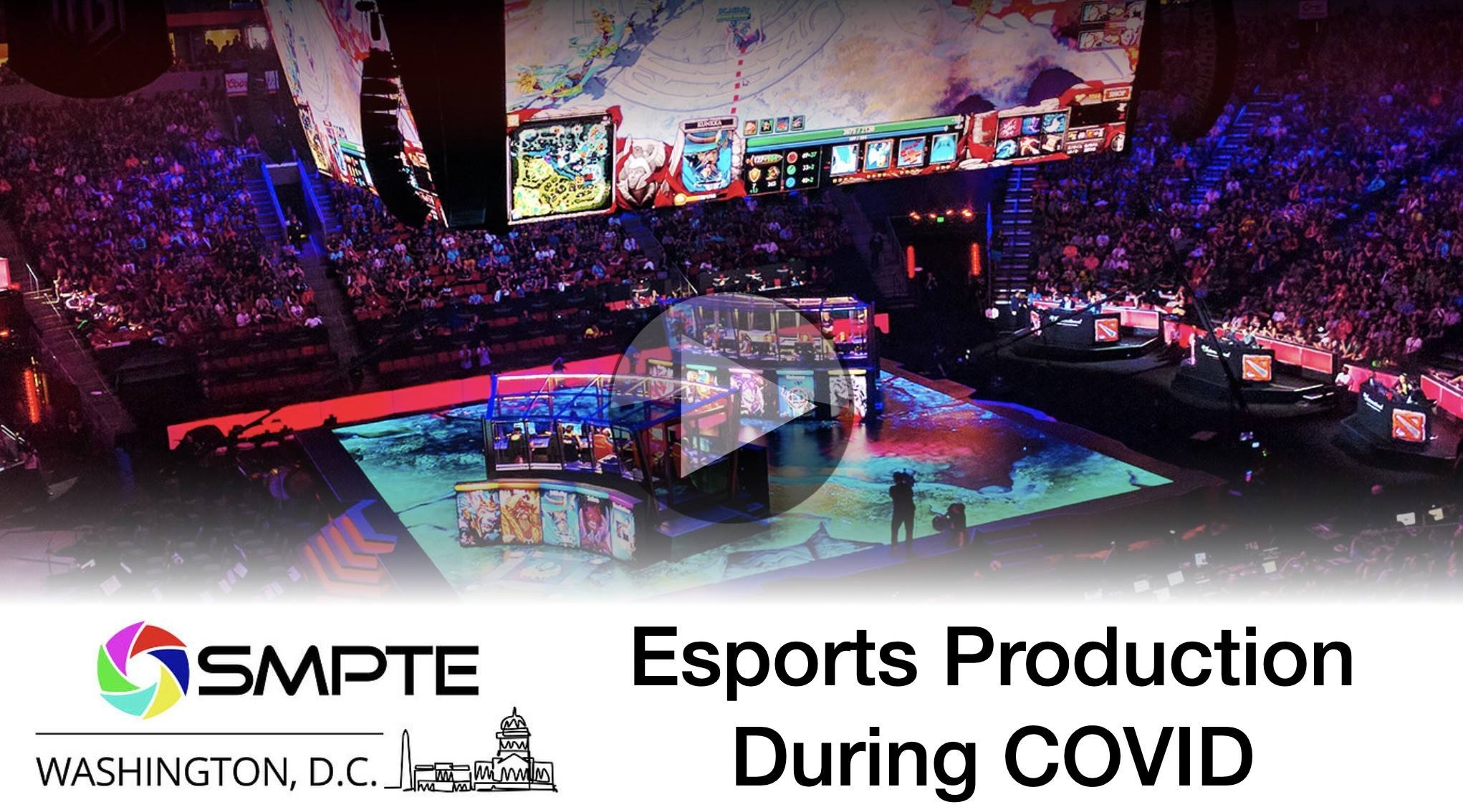Replacing CDNs in streaming would need a fundamental change in the way we store and access video on the internet, but this is just what Eluvio’s technology offers along with in-built authentication, authorisation and DRM. There’s a lot to unpack about this distributed ‘content fabric’ built on an Ethereum-protocol blockchain.
Fortunately, Eluvio co-founder Michelle Munson is here to explain how this de-centralised technology improves on the status quo and show us what it’s being used for. We know that today’s streaming technology is based on the idea of preparing, packaging, transcoding and pushing data out through CDNs to views at home and whilst this works, it doesn’t necessarily consistent, low delay and, as we saw from Netflix and Facebook reducing their streaming bitrates at the beginning of the pandemic, it can be quite a burden on networks.
This content fabric, Michelle explains, is a different approach to the topic where video is stored natively over the internet creating a ‘software substrate’. The result doesn’t use traditional transcoding services, CDNs and databased. Rather we end up w ith a decentralised data distribution and storage protocol delivering just-in time packaging. The content fabric is split into four layers, one of which deals with metadata, another contains code which controls the transformation and delivery of media. The third layer is the ‘contract’ layer which controls access and proves content with finally a layer for the media itself. This contract layer is based on the Ethereum technology which runs the cryptocurrency of the same name. The fabric is a ledger with the content being versioned within the ledger history.
Michelle points out that with blockchain contracts baked in to all the media data, there is inherently access control at all parts of the network which has the property that viewers only need to have an ethereum-style ‘ticket’ to watch content directly. Their access is view-only and whilst this passes through the data and code layers, there is no extra infrastructure to build on top of your streaming infrastructure and each person can have their own individually-watermarked version as delivered with Eluvio’s work with MGM’s online premier of the recent Bill and Ted film.
Eluvium currently have a group of globally-deployed hubs in internet exchange sites which operate the fabric and contain media shards and blobs of code which can operate on the media to provide just-in-time delvery as necessary with the ability to create slices and overlays inherent in the delivery mechanism. When a player wants access to video, it issues the request with its authorisation information. This meets the fabric which responds to drive the output. Because of the layer of code, the inputs and outputs of the system are industry standard with manipulation done internally.
Before finishing by talking about the technology’s use within MGM and other customers, Michelle summarises the capabilities by saying that it simplifies workflows and can deliver a consistently low, global time to first byte with VoD and Live workflows interchangable. Whilst Michelle asserts that previous distribution protocols have failed at scale, Eluvio’s fabric can scale without the significant burdens of file IO.
Watch now!
Speaker
 |
Michelle Munson CEO and Founder, Eluvio |













